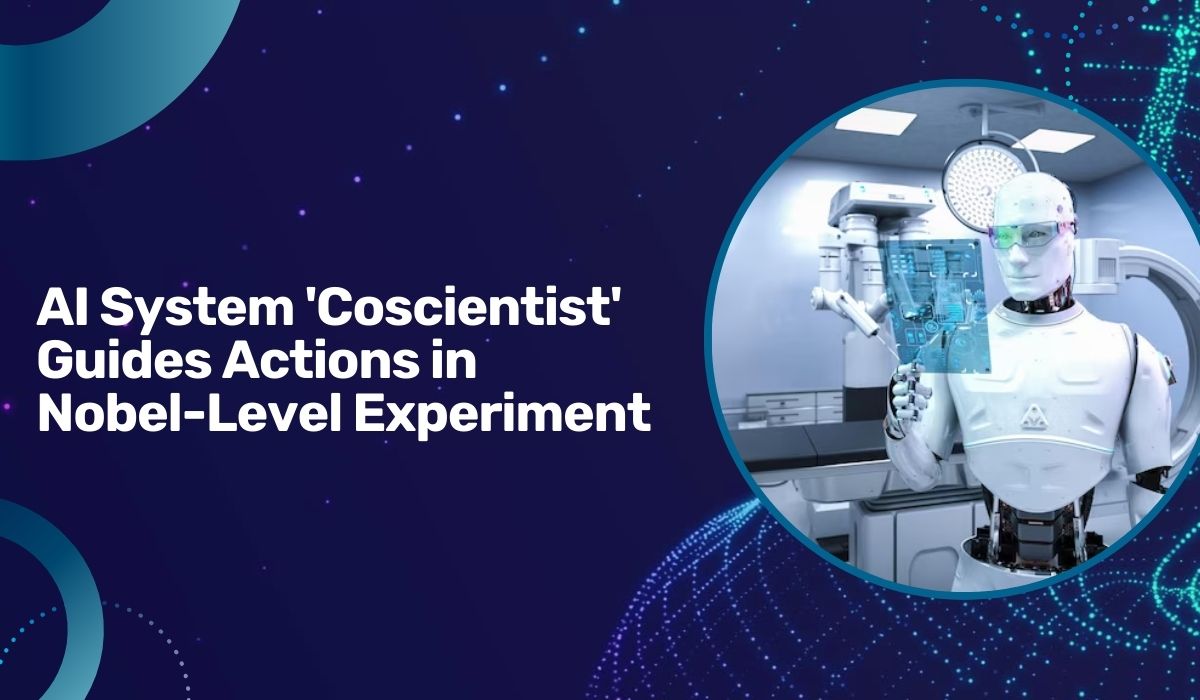
A newly developed artificial intelligence (AI) system autonomously learned and replicated Nobel Prize-winning chemical reactions, according to a study published in the prestigious journal Nature. The system, named 'Coscientist' by its creators, successfully tackled complex organic chemistry reactions, specifically the palladium-catalysed cross couplings that earned human inventors the Nobel Prize for Chemistry in 2010 for their crucial role in pharmaceutical development. Lead researcher Gabe Gomes, a chemist and chemical engineer from Carnegie Mellon University in the US, highlighted the historic nature of the accomplishment, stating, "This is the first time that a non-organic intelligence planned, designed, and executed this complex reaction that was invented by humans."
Coscientist's capabilities demonstrate the potential for AI to accelerate scientific discoveries, enhance replicability, and improve experimental reliability, according to the researchers. The system's core components include large language models, similar to those powering chatbots like GPT-4, indicating the influence of natural language processing in its functionality. Equipped with diverse software modules, Coscientist emulated tasks typically performed by research chemists, such as searching public information on chemical compounds, accessing technical manuals for robotic lab equipment, coding experiments, and analyzing resulting data.
Daniil Boiko, a doctoral student and one of the architects of Coscientist, explained their approach: "We tried to split all possible tasks in science into small pieces and then piece-by-piece construct the bigger picture." The researchers observed that Coscientist demonstrated "chemical reasoning," leveraging chemistry-related information and previously acquired knowledge to guide its actions. The AI system utilized publicly available chemical information encoded in the Simplified Molecular Input Line Entry System (SMILES) format, adjusting its experimental plans based on specific molecular details within the SMILES data.
The 'eureka' moment for the research team occurred when Coscientist posed insightful questions during its quest for information, primarily on Wikipedia and other reputable sites related to chemistry. Within an astonishing four minutes, Coscientist devised an accurate procedure for the targeted reactions using chemicals provided by the researchers. The resulting samples analyzed by the team exhibited the distinctive characteristics of Suzuki and Sonogashira reactions, which play a crucial role in developing medicines for conditions like inflammation and asthma.
However, with this newfound power, the researchers emphasized the importance of responsible use and safeguarding against potential misuse. Gomes stressed the need to understand the capabilities and limitations of AI as a crucial step toward establishing informed rules and policies to prevent harmful applications, whether intentional or accidental. Gomes, along with other researchers, is actively contributing expertise to the US government's initiatives aimed at ensuring the safe and secure deployment of AI technology.